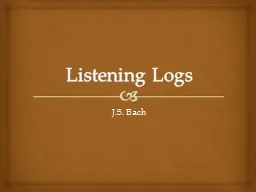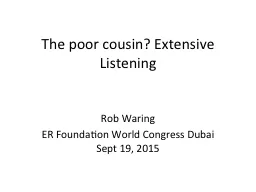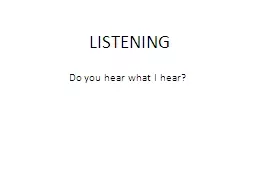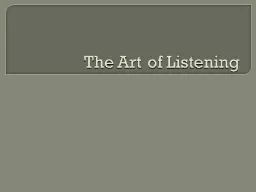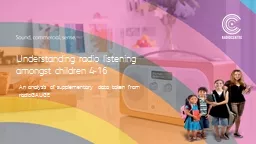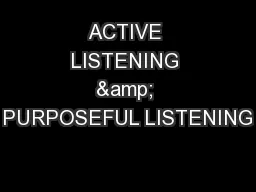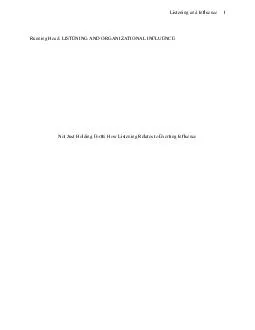PPT-Listening Logs
Author : marina-yarberry | Published Date : 2016-05-10
JS Bach Although he is known now as a famous composer during his lifetime Bach was known for being a great organ player and improviser not for being a composer
Presentation Embed Code
Download Presentation
Download Presentation The PPT/PDF document "Listening Logs" is the property of its rightful owner. Permission is granted to download and print the materials on this website for personal, non-commercial use only, and to display it on your personal computer provided you do not modify the materials and that you retain all copyright notices contained in the materials. By downloading content from our website, you accept the terms of this agreement.
Listening Logs: Transcript
Download Rules Of Document
"Listening Logs"The content belongs to its owner. You may download and print it for personal use, without modification, and keep all copyright notices. By downloading, you agree to these terms.
Related Documents

